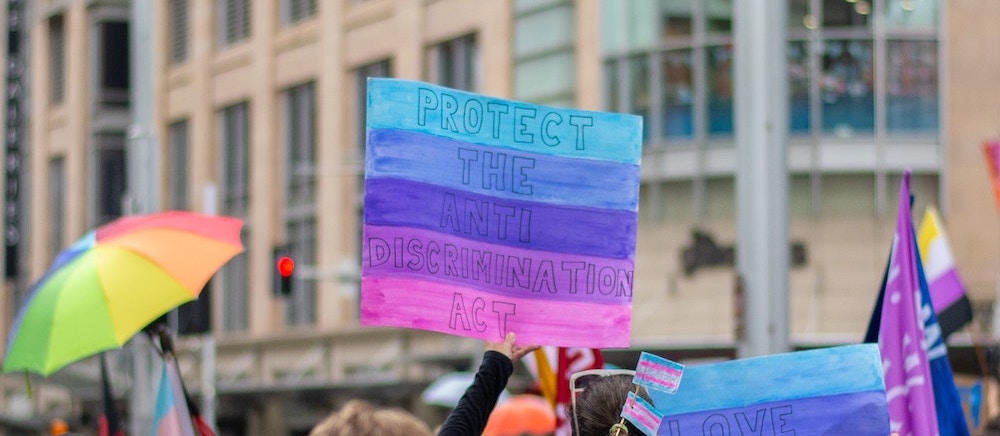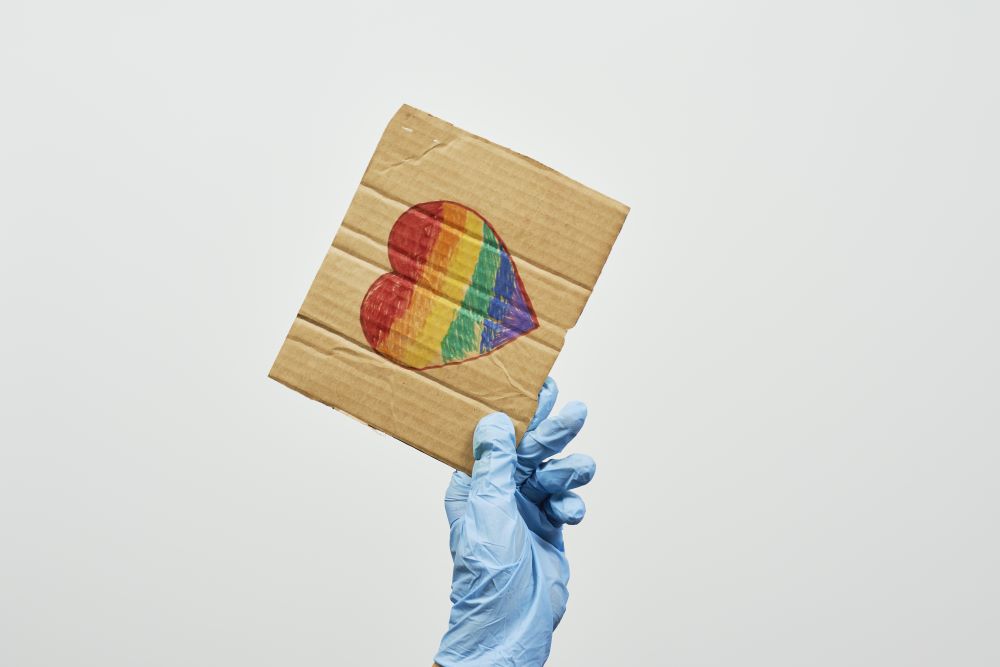
Blogs
Celebrating Bisexual Visibility Month
September isn’t just the beginning of fall here in Worcester, MA, it’s also known globally as Bisexual Visibility Month. This

September isn’t just the beginning of fall here in Worcester, MA, it’s also known globally as Bisexual Visibility Month. This

Here at Pawsitively 4 Pink, Pride month is a big deal! We wanted to help celebrate by spreading important info
We use cookies
We use cookies and other tracking technologies to improve your browsing experience on our website, to show you personalized content and targeted ads, to analyze our website traffic, and to understand where our visitors are coming from. By browsing our website, you consent to our use of cookies and other tracking technologies.